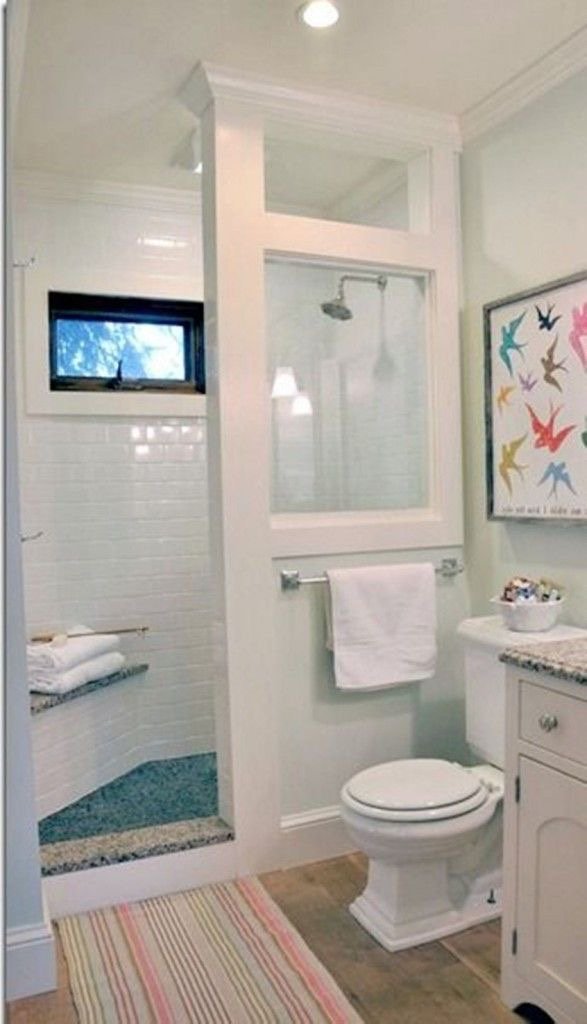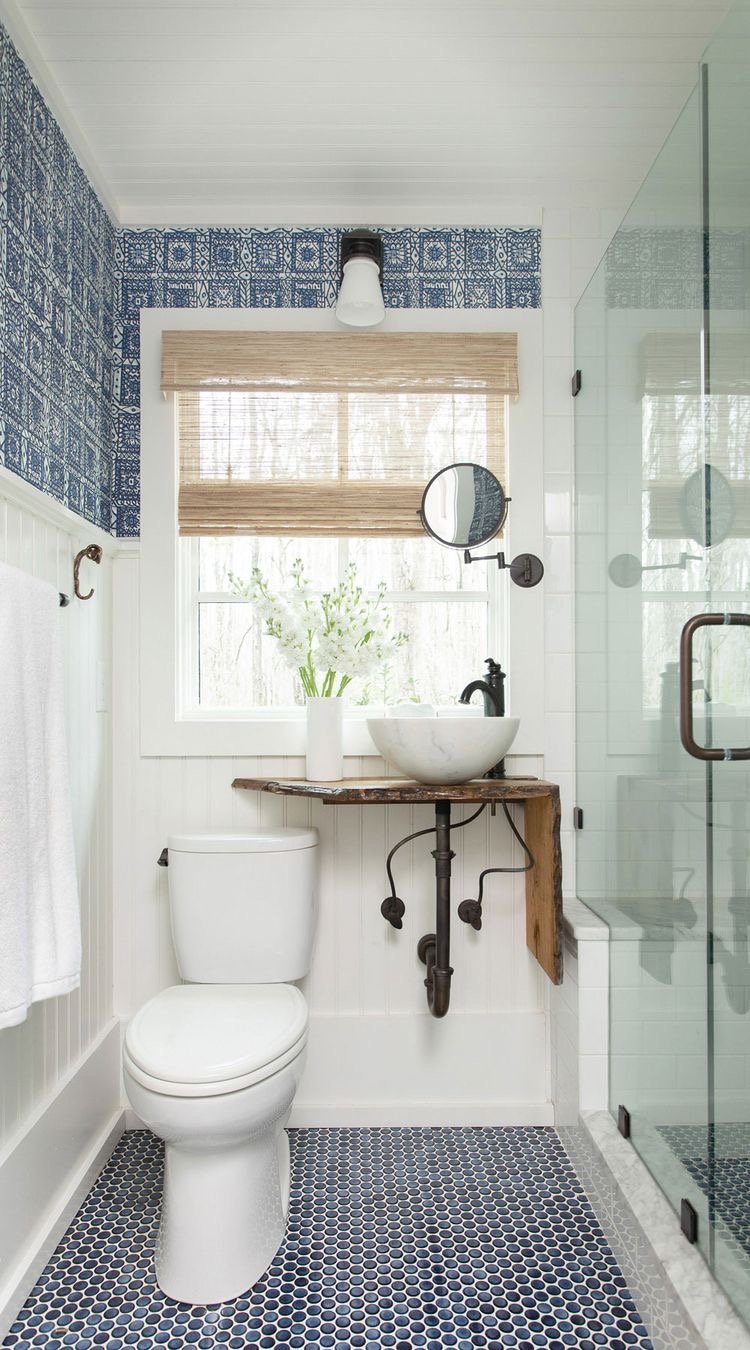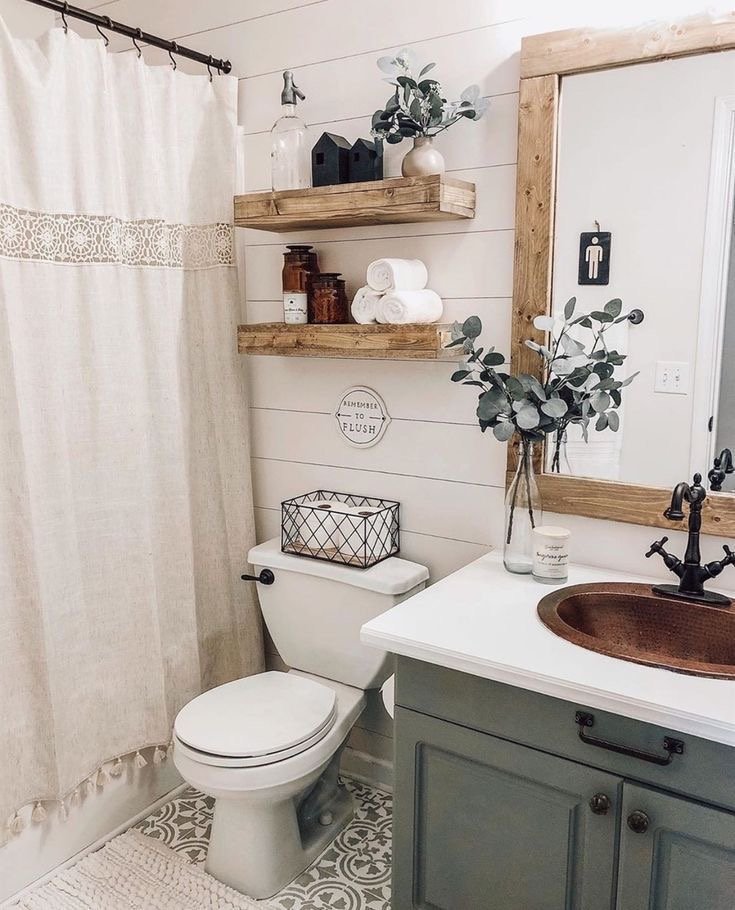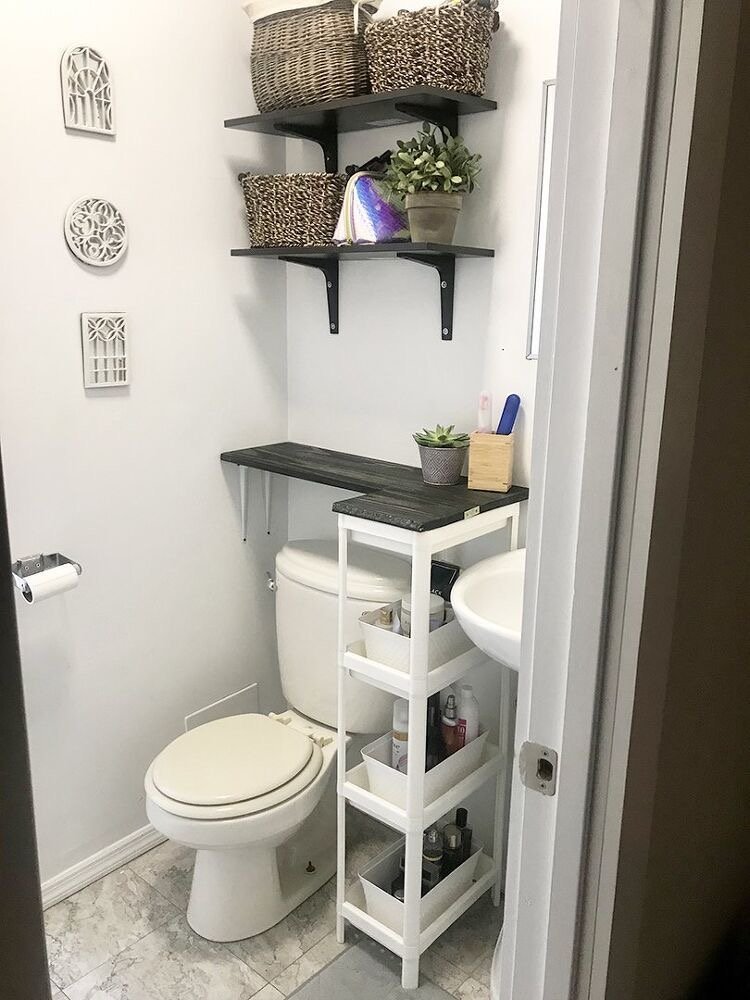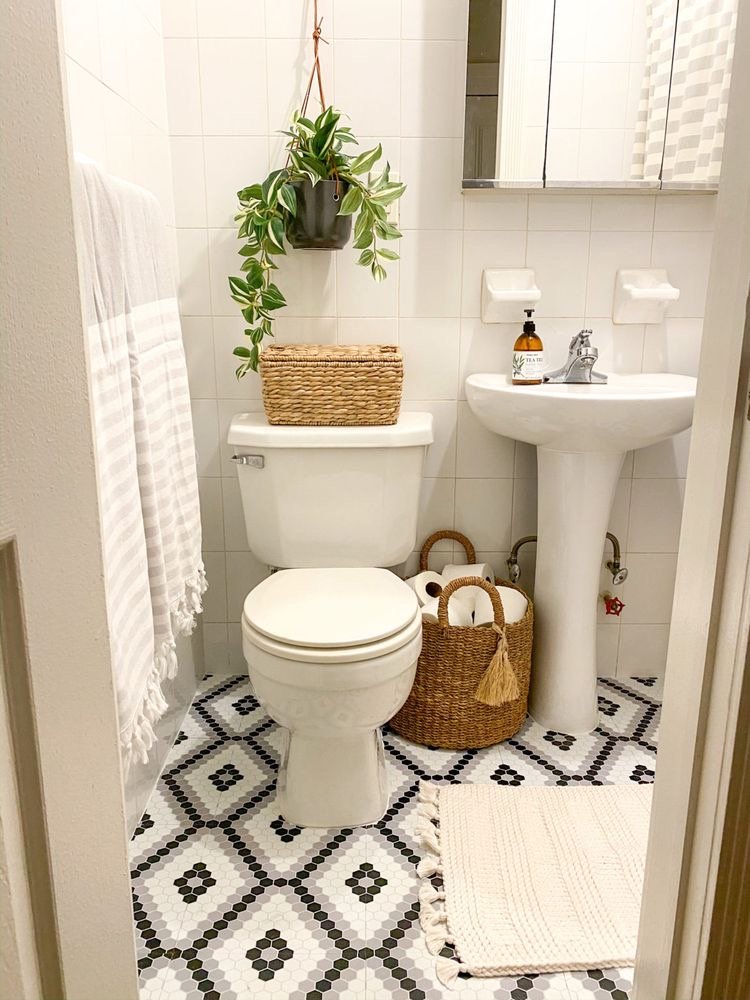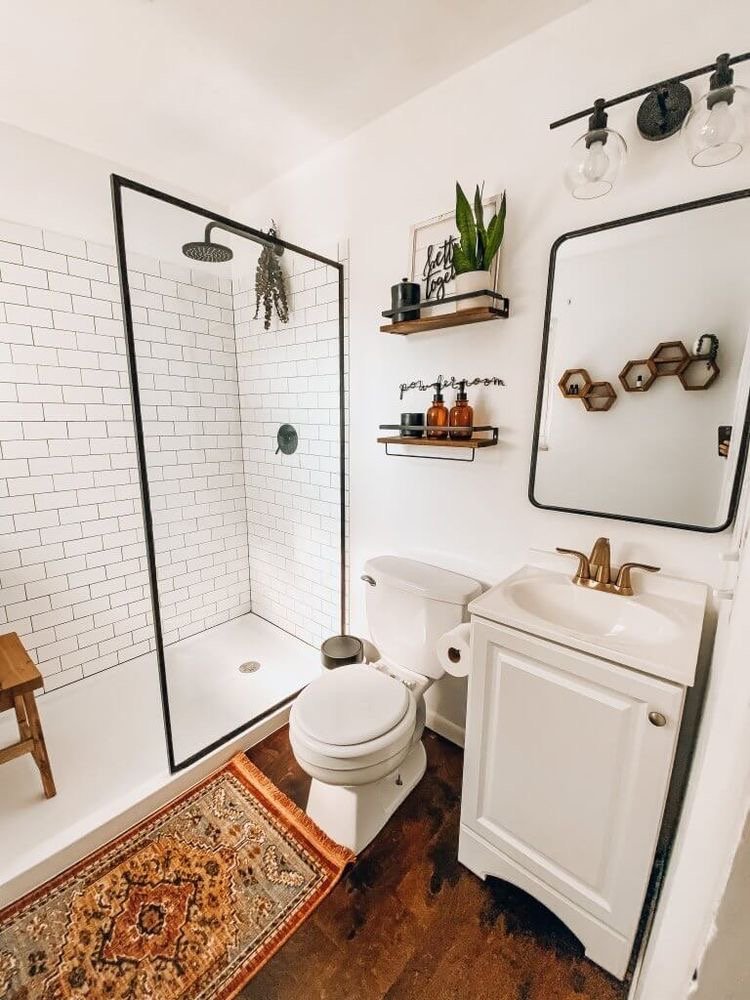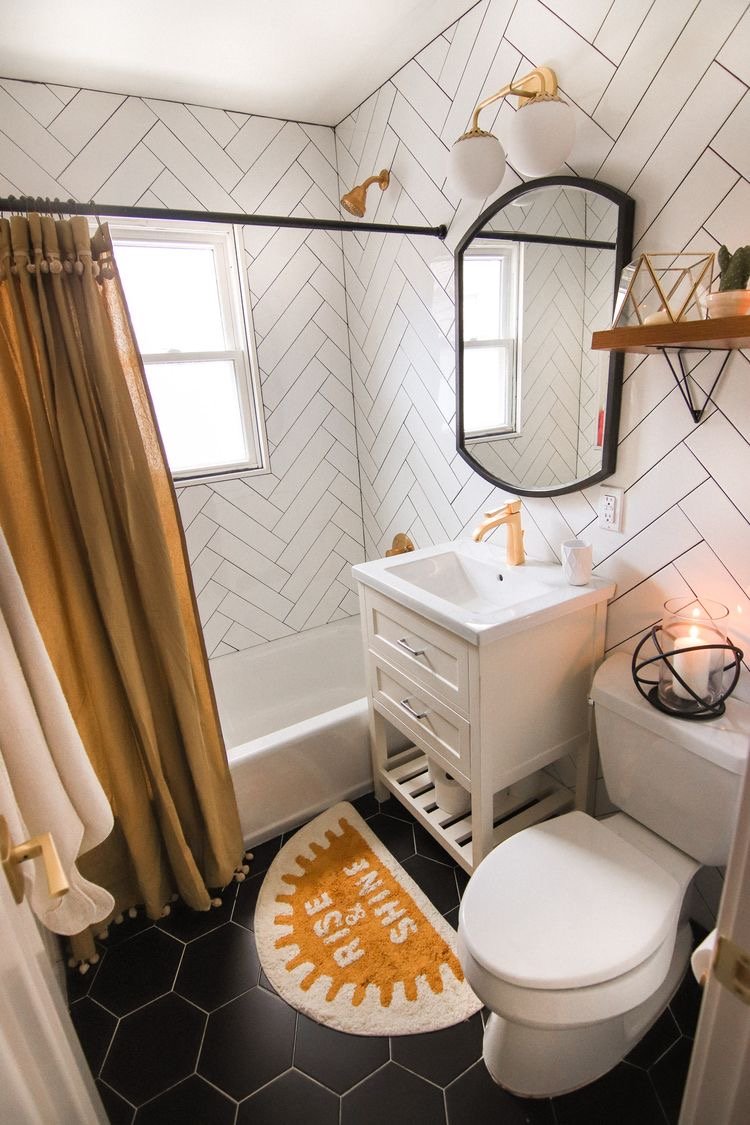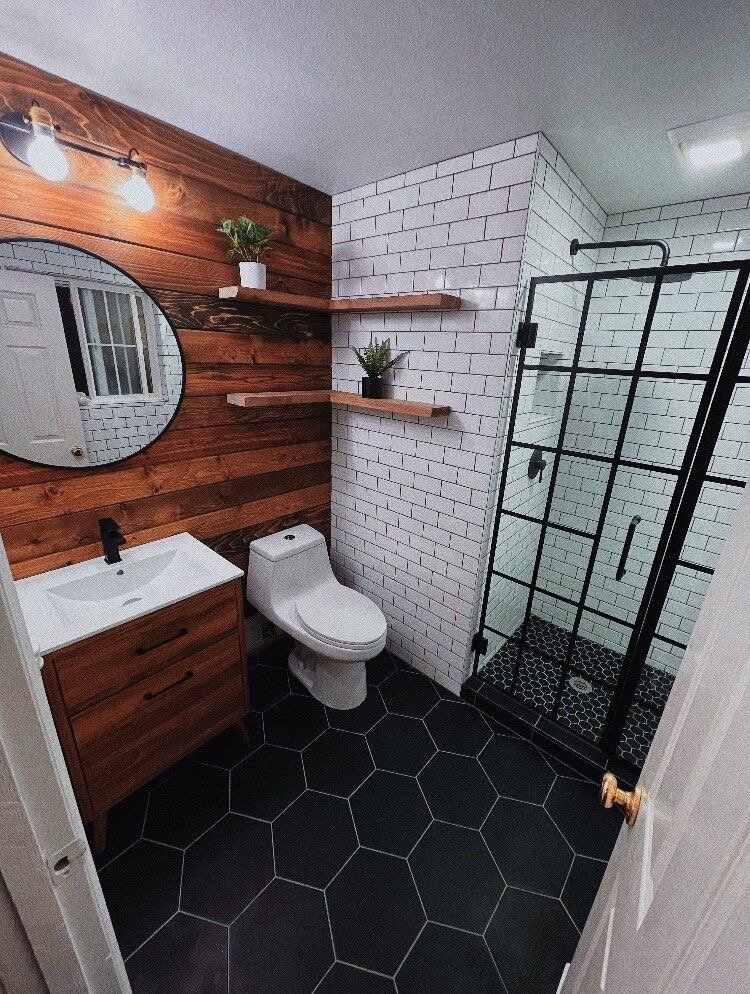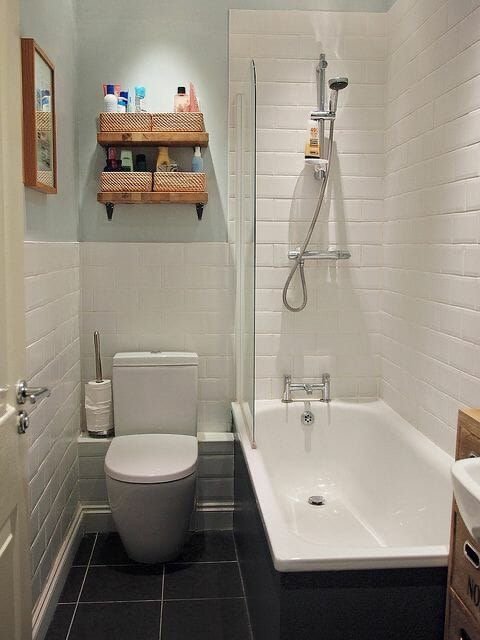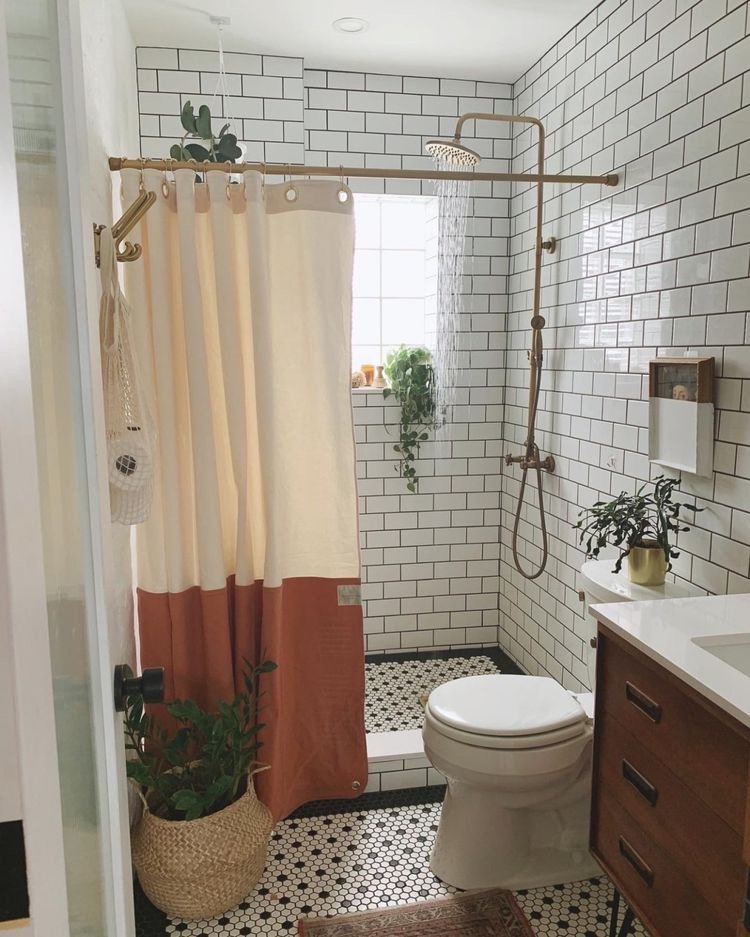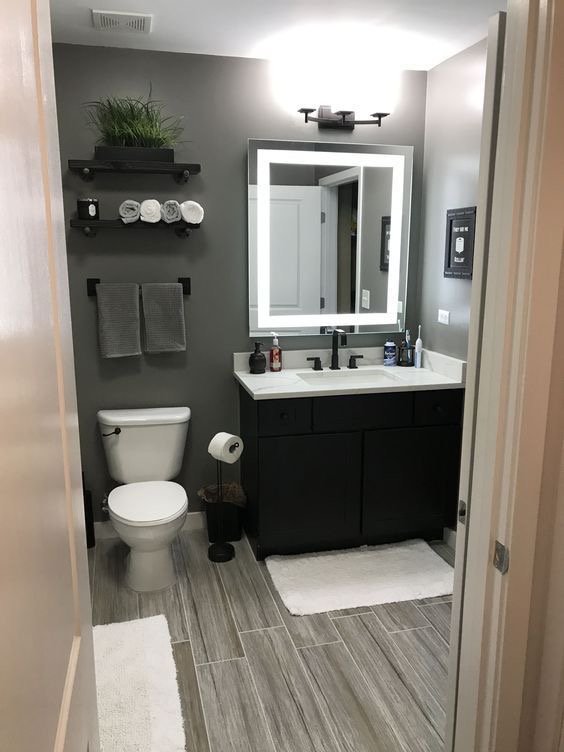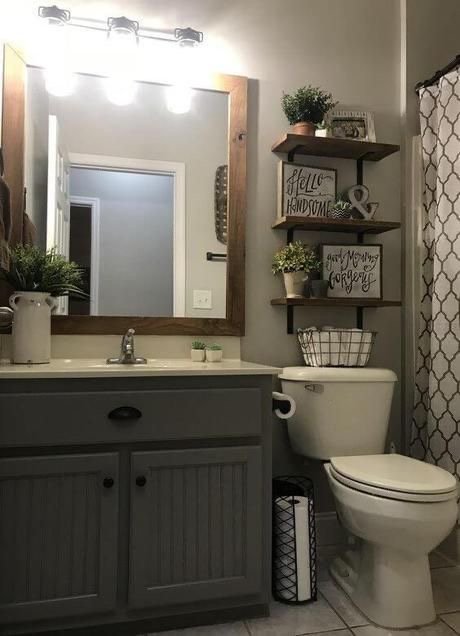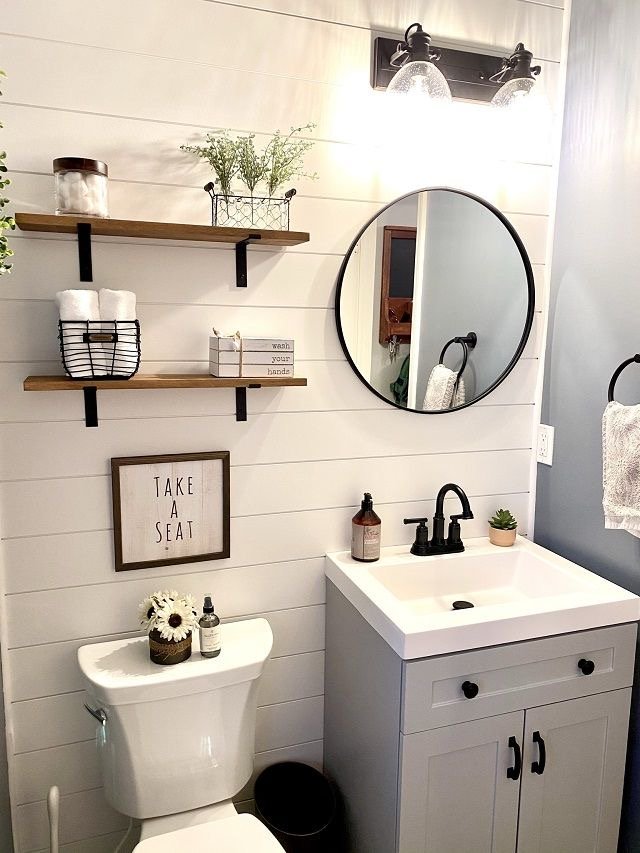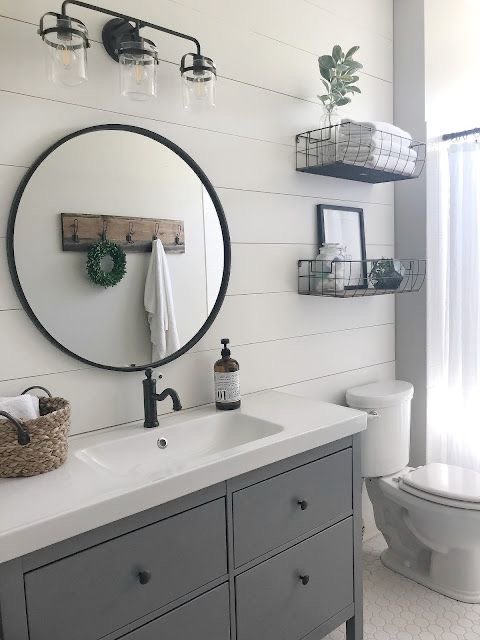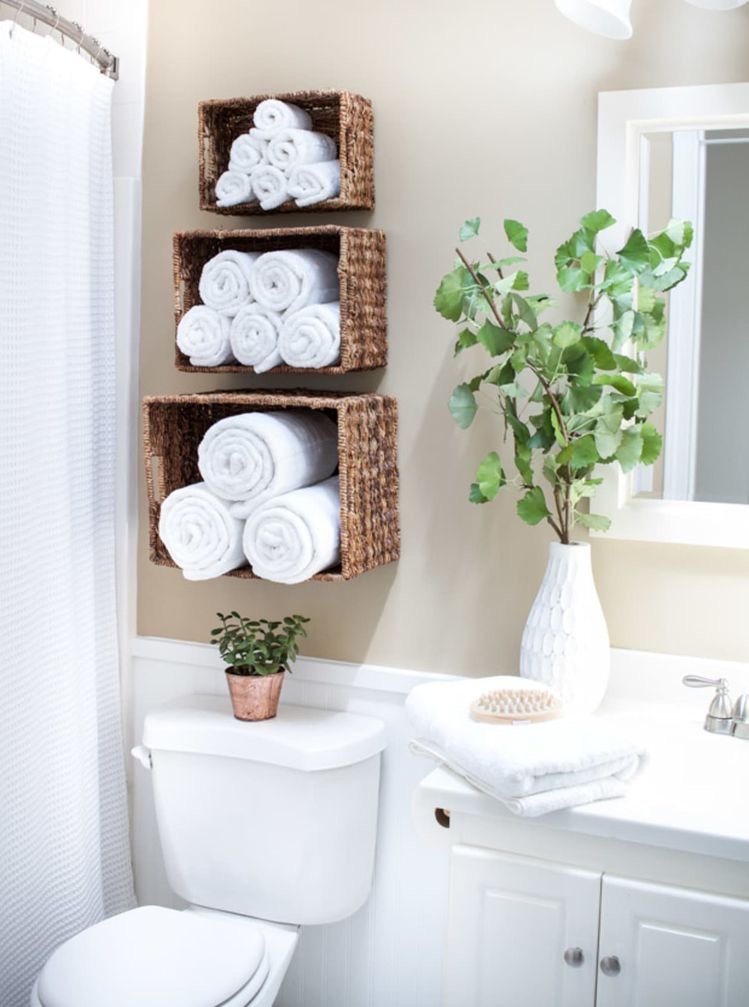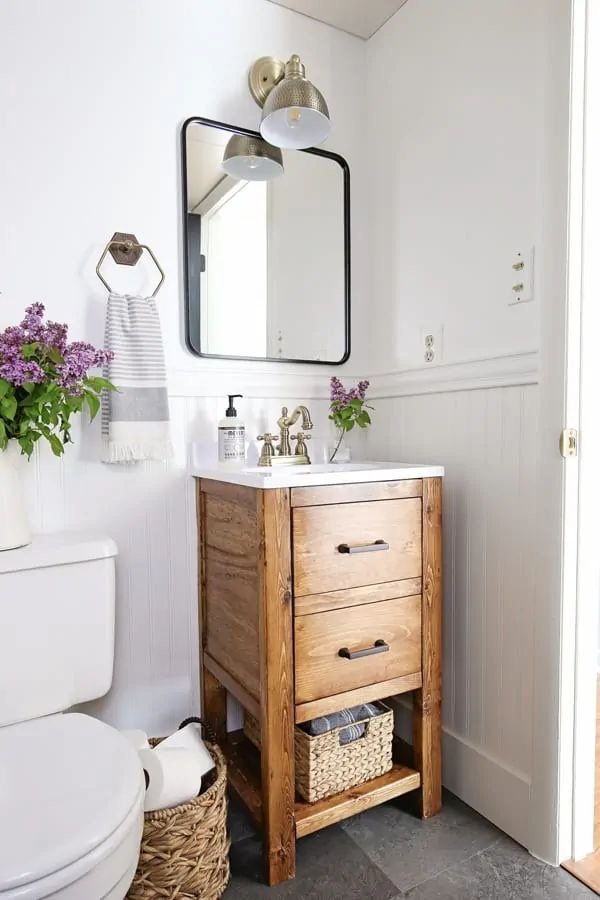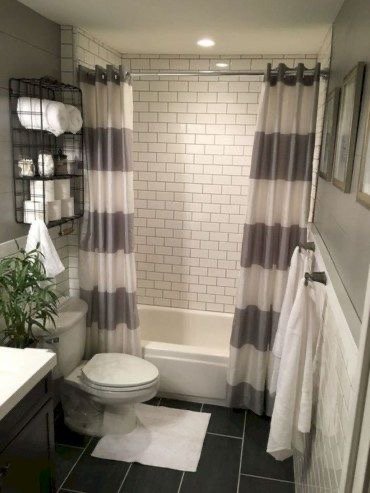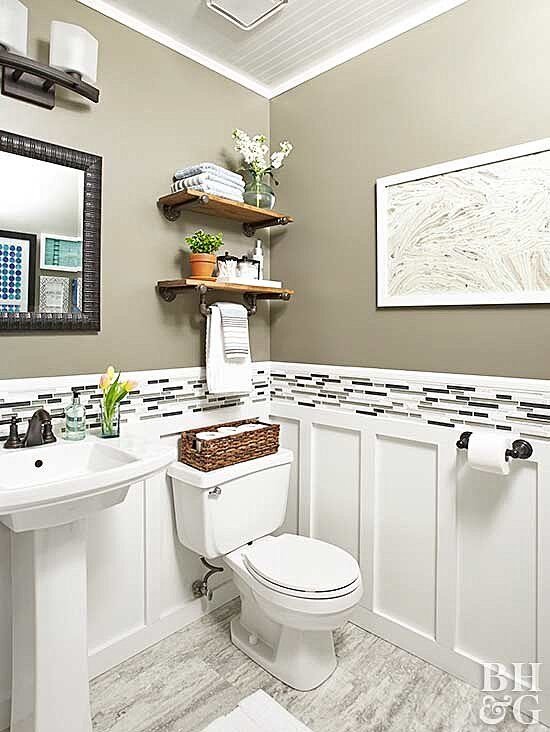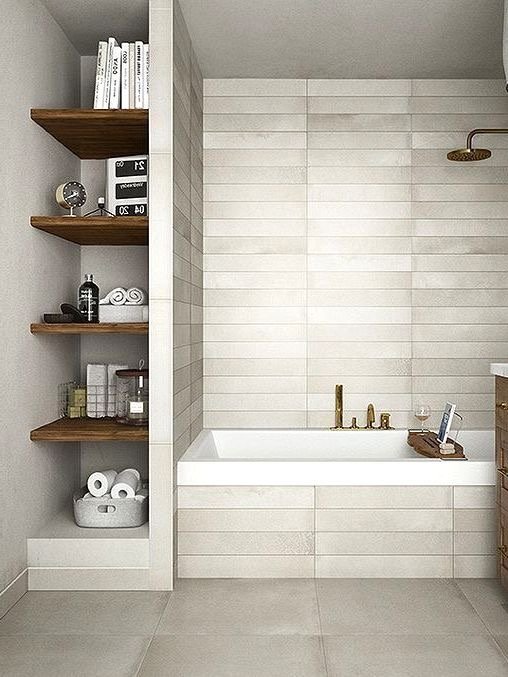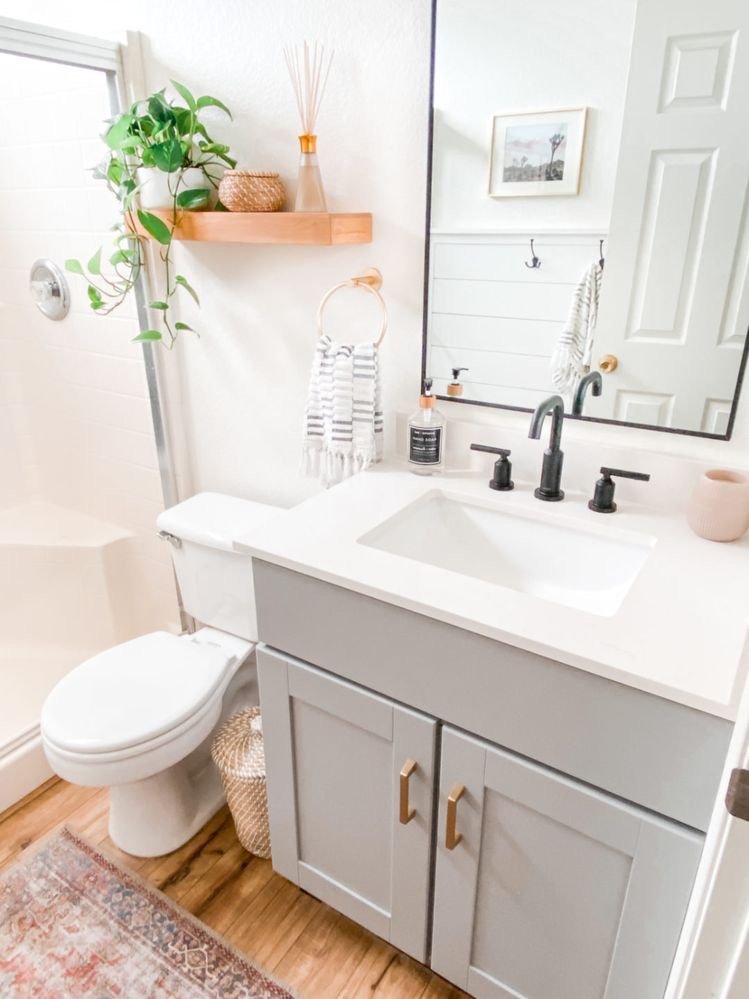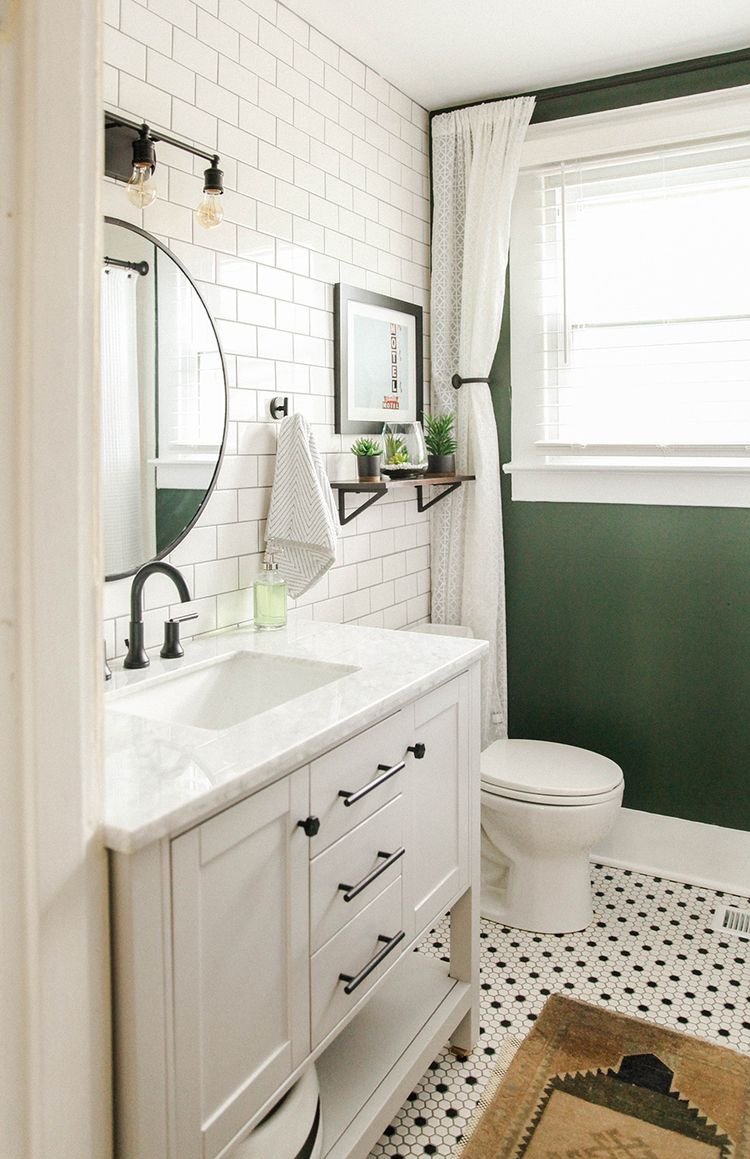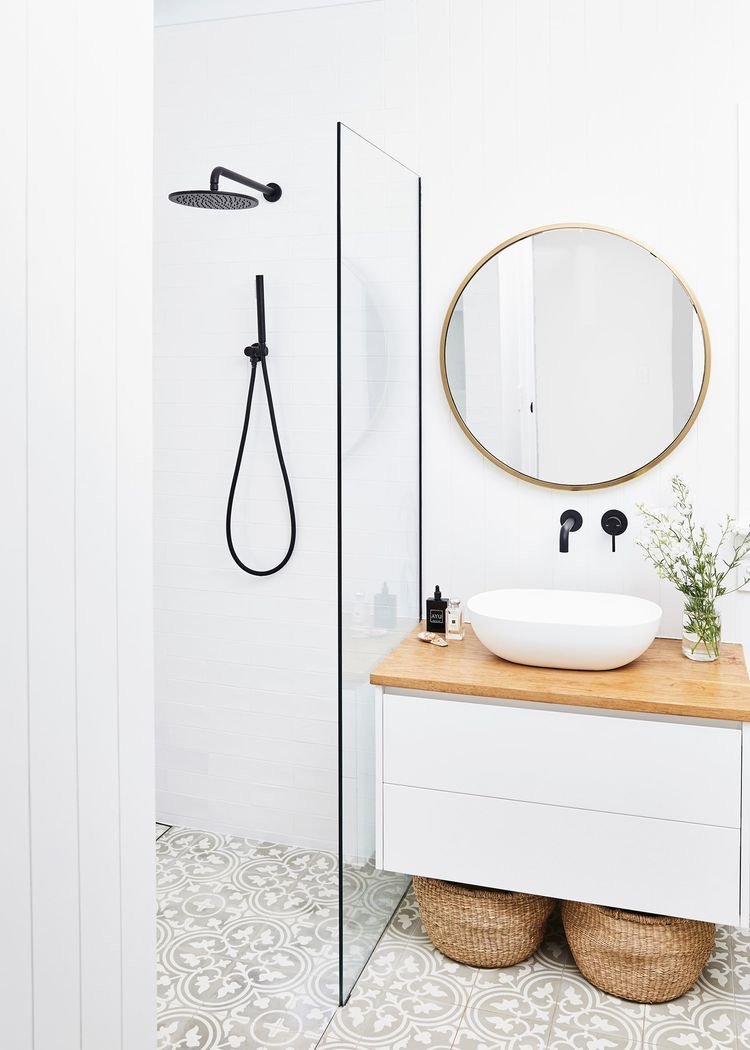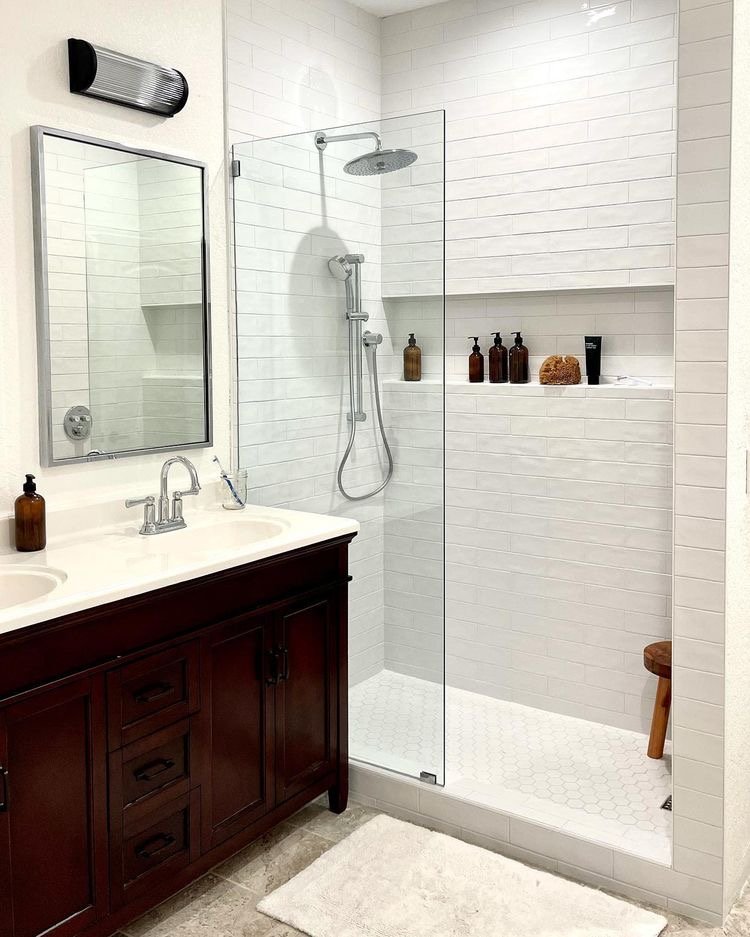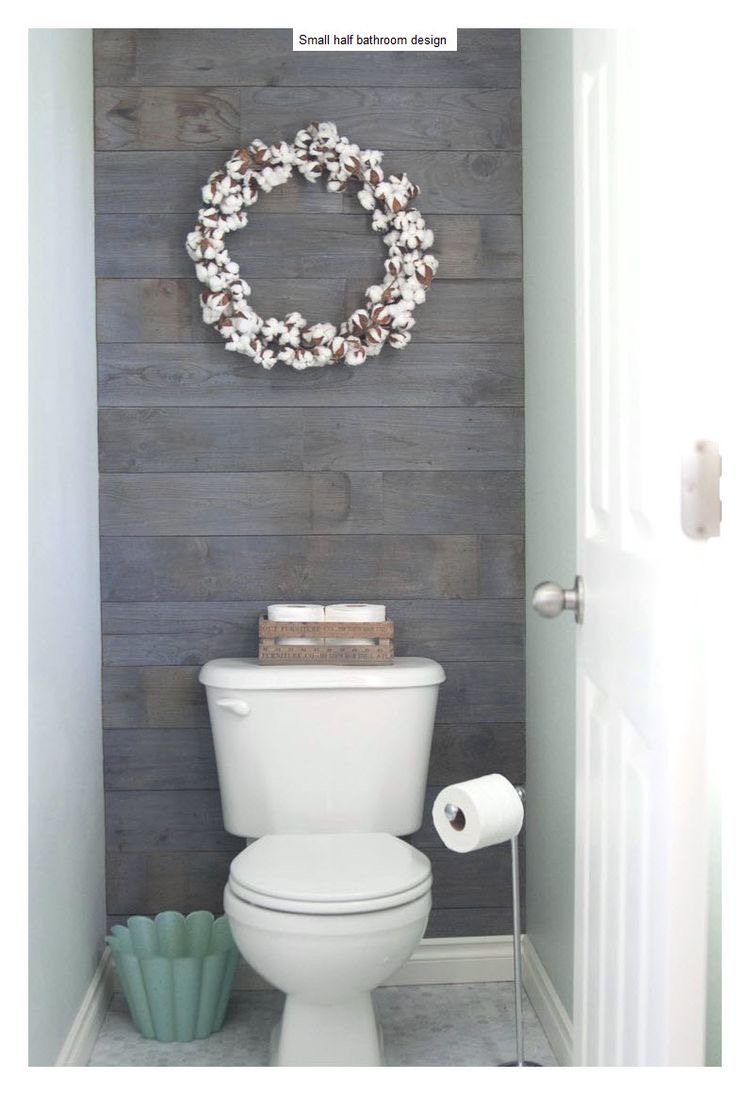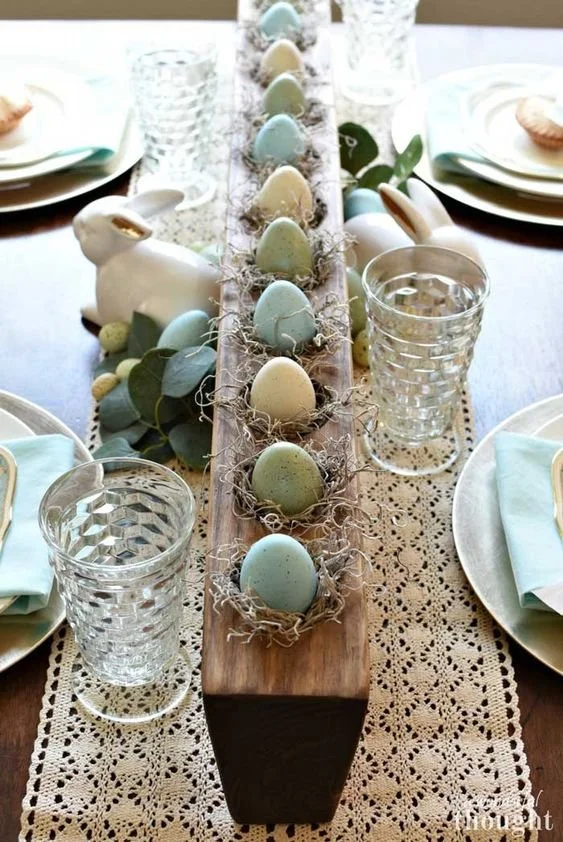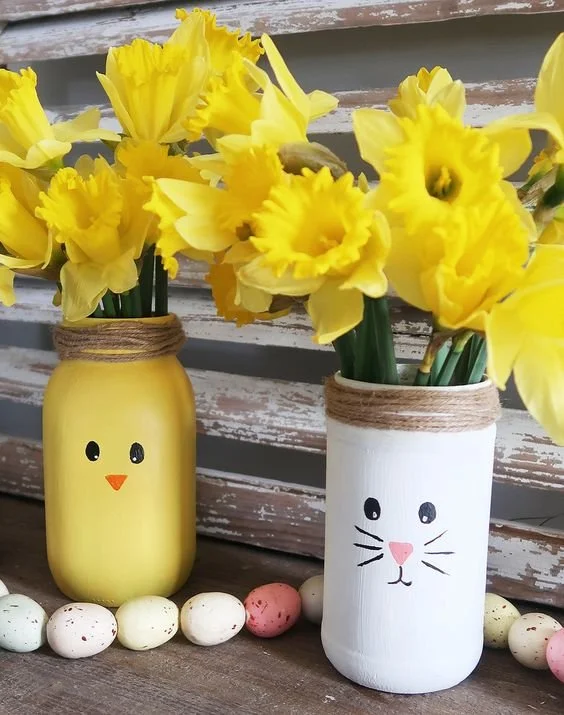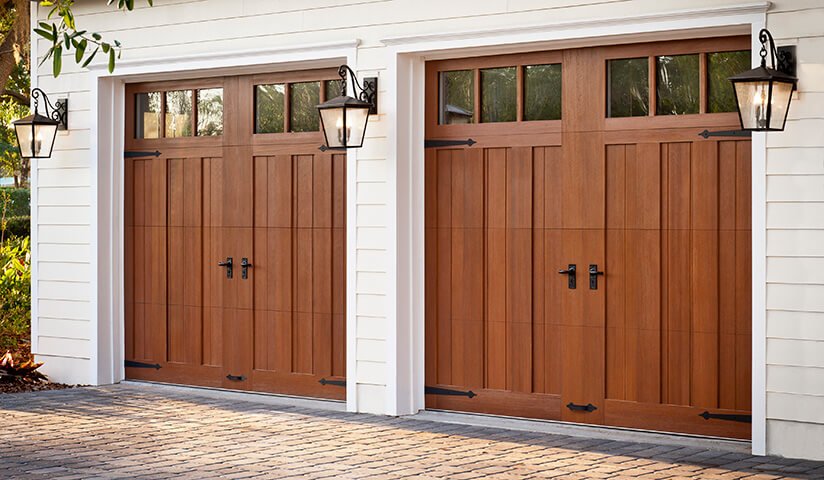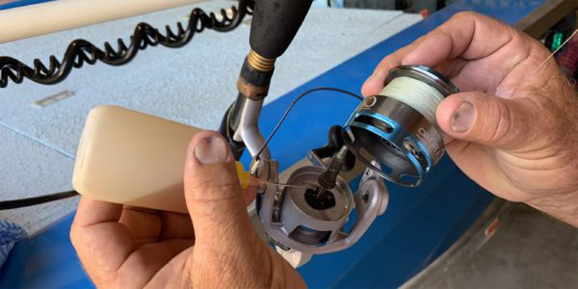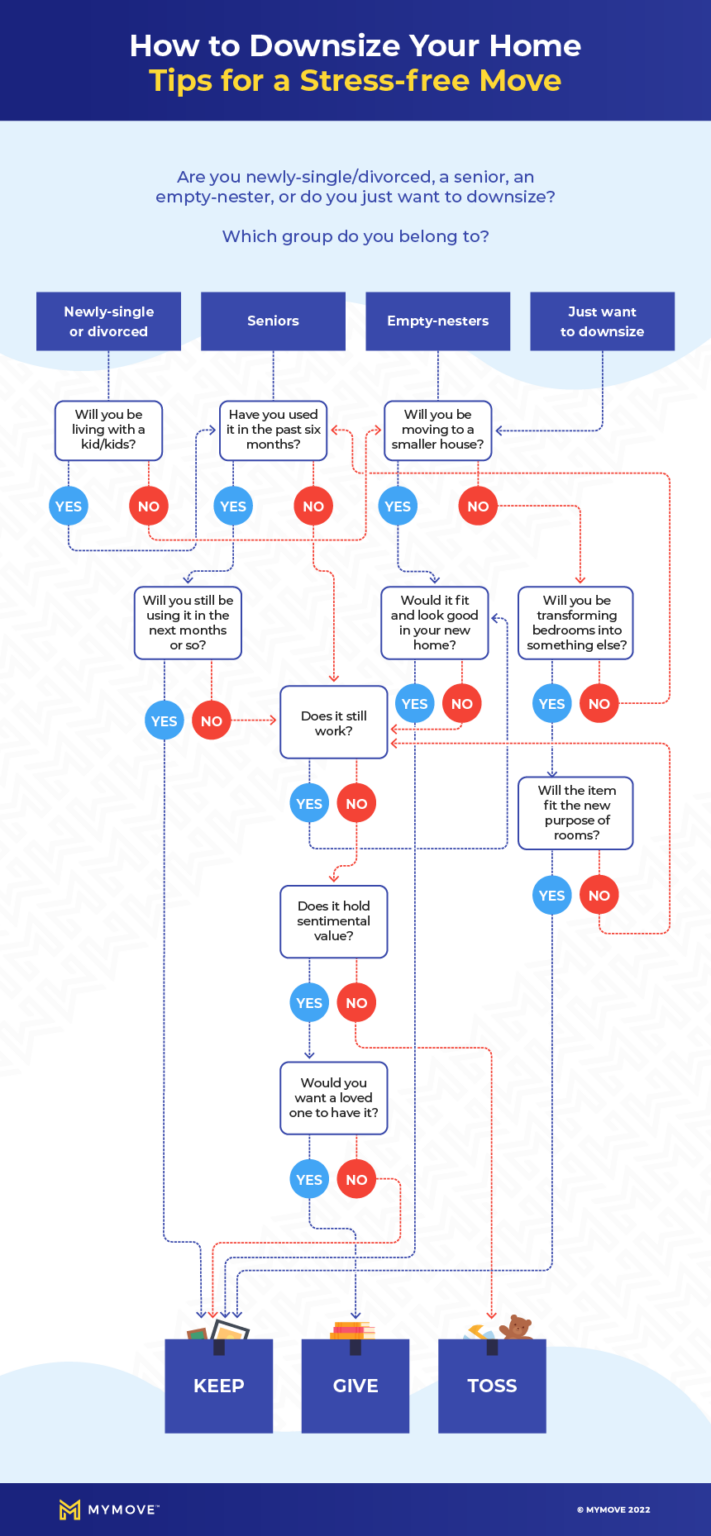Most people go through a downsizing process at some point, whether it’s because they’re moving to a new city, have kids who moved out, are going through a divorce or breakup, are aging, or just want to simplify their lifestyle.
The downsizing trend has picked up steam in the past few years. Census data on new homes built in the past decade shows that the average square footage has decreased in each of the past six years. More homeowners would also rather move to a smaller house than a larger one (37% compared to 23%), according to research from real estate site Trulia.
For most people, cost is a major factor. According to a survey from Homes.com, “saving money” was the most common reason for downsizing for every generation. But figuring out how to downsize your home isn’t always easy: Half of all respondents said getting rid of possessions was a challenge.
No matter what the reason, downsizing can be a stressful and time-consuming process — both emotionally and physically. But knowing how to downsize the right way can keep the process from feeling overwhelming. Here are some downsizing tips from MYMOVE to help make the process easier.
Pro Tip: Create an inventory of your major possessions before you physically move anything. Mark each item with its fate or its new space in your next home.
Tips to make downsizing easier
1. Start early.
Give yourself plenty of time for this process, because it will inevitably take longer than you expect. Take your time, and don’t try to sort through your entire house in one day or weekend. A couple of weeks to a month is a more realistic timeline. Take it one room at a time, and take breaks throughout.
“Go through each item one by one,” says Alison Kero, CEO of ACK Organizing in Brooklyn. “It’s important to give everything you own your attention for at least a second or two. It will also help you develop a great decision-making system because you’re learning how to focus and then choose.”
If you aren’t rushed, you’ll find downsizing to be much less stressful.
2. Start small.
You probably already have things you want to get rid of in the kitchen or garage, but avoid diving into the biggest rooms at the very beginning. Start in an area with little emotional attachment. The laundry room or linen closet are good options.
Understand your needs. If you’re moving into a two-bedroom house, four sets of sheets should be plenty. The rest can go.
“Garages/attics/basements are notorious for being the hardest rooms to tackle,” says Debra Blue, of Blue Moon Estate Sales. “These rooms tend to accumulate all the old hobbies, boxes, old holiday decorations, and clutter. They’re also known to be rather uncomfortable spaces. In the summer it’s too hot, winter it’s too cold, and in the springtime, it can be too humid.”
3. Eliminate rooms you won’t have in your new home.
If you’re moving to an apartment or townhome, you might not have a garage or office space. Nearly everything in those spaces will need to be sold, donated, tossed, or relocated to other rooms. These areas might also be good items for consignment or garage sales; nice office furniture and outdoor tools are more valuable than old sofas or mattresses.
“Organize backwards,” suggests Jamie Novak, author of ‘Keep This Toss That.’ “A common suggestion is to pick out the stuff you don’t want and pack the rest. Try the opposite — pack the keepers. What’s left can be looked at and most can be shared or donated.”
4. Get rid of duplicates.
You’ll find this is especially true in your kitchen. You have two or three spatulas and ladles, a couple of oversized stock pots, and four different sized cookie sheets. Now’s the time to reduce the clutter. If you’re feeling wary of handing off that second roasting pan because you use it every Christmas (but at no other time during the year), consider giving it to a family member who can bring it over for the holiday and take it home when they leave.
5. Only make Yes or No piles — no Maybes.
When you’re going through belongings, some things are going to tug at your heartstrings, and you’ll be tempted to make a third pile of things to keep if you have space.
Don’t fall for it. You’ll end up with a Maybe pile that’s bigger than either of the other two. When that happens, you haven’t really made any progress in sorting, just moved it across the room.
Take a hard look at every item you pick up. If you use it regularly, keep it. But it’s time to let something go if it’s been sitting in a closet or on a shelf for a year or more.
“If you already weren’t using it, or didn’t like it, why on earth would you want to pack it up and schlep it to your next house?” says Hazel Thornton, of New Mexico-based Organized for Life. “I know it sounds silly, but people do it all the time. Moving isn’t cheap, either; do you really want to pay extra to move stuff you don’t even want? Don’t delude yourself by telling yourself you’ll deal with it at your next destination. No, you won’t.”
6. Reduce collections creatively.
It can be hard to thin out a lifetime collection of sneakers or snow globes from all your vacations, but they will eat up a lot of space or end up stored in a box where you’ll never see them.
Instead, pick a couple to keep and take high-resolution photos of the rest, then have them made into a photo book that can sit on your coffee table or mantle. You and guests will be able to enjoy them without the clutter. There are also tech tools or websites such as Fotobridge.com that will convert those boxes of photo negatives to digital files.
7. Don’t be afraid to sell things yourself.
With Craigslist, eBay, numerous smartphone apps, yard sales, and an abundance of consignment shops, selling your belongings has never been easier. You probably won’t make a ton of money on most items, so consider how much time you want to invest.
Yard sales are usually faster, but items won’t sell for as much. Craigslist has its drawbacks, but you’ll have a much wider audience and can probably get more for your stuff. Consignment is a good option for high-end furniture, handbags, and other accessories; prices are reasonable, and they’ll sometimes pick up heavy furniture for you.
But if that all sounds like more than you care to deal with, hiring a firm to run an estate sale might be the simplest route.
8. Allow some time to reminisce.
While you’re cleaning and sorting, there will be some days when you want to stop emptying out rooms and just look through the old drawings, mementos, and once-prized possessions. It’s OK to pause and let the nostalgia take over for a bit. Cry if you need to, or move on to another room and come back. This is why you started early — just don’t let it prevent you from eventually getting the job done.
“I always ask my clients how the item at hand makes them feel,” says Morgan Ovens, of Haven Home in Los Angeles. “If it brings up any negative feelings, let it go. If it brings happiness of course it stays! The idea here is to only be surrounded by things you absolutely love. Isn’t that a great goal?”
9. Use this as a chance to bond.
If you are a senior, invite your friends or family over and tell stories about all your favorite items. You can let them help pack, take some items off your hands, and spend quality time with loved ones before the big move.
It can be one more moment you share in the house you’ve loved — before you start making those memories together in your next home. Remember that it’s your people in your life you cherish, not the stuff around you.
Pro Tip: Go digital wherever possible. As you relocate, consider having all of your bills and other correspondence come via email vs. having paper clutter accumulating in your new, but smaller, space. Digitize photos and download favorite movies, music or games rather than have CDs and DVDs stacked up.
Our decision tree can help you

